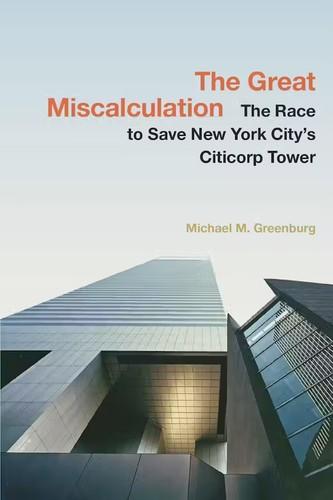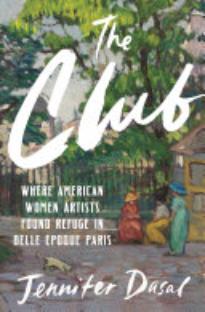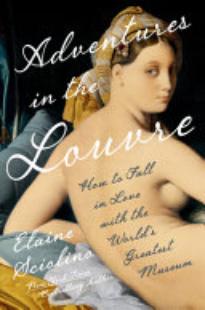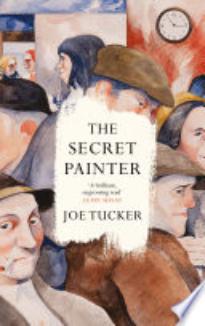Reviews+
ALL COVERAGE
Although this updated edition of a 44-year-old photobook would have been enhanced by the addition of maps and an index, it’s thorough and detailed enough for professional architects and engaging for general readers.
Greenburg captures the high-stakes drama of a near disaster narrowly avoided in the busiest metropolitan city in the United States.
 A terrific, well-written biography of an American original who died too young. Recommended for midcentury enthusiasts, followers of fashion, and readers who enjoyed Inventing the Modern: Untold Stories of the Women Who Shaped the Museum of Modern Art or Julie Satow’s When Women Ran Fifth Avenue.
A terrific, well-written biography of an American original who died too young. Recommended for midcentury enthusiasts, followers of fashion, and readers who enjoyed Inventing the Modern: Untold Stories of the Women Who Shaped the Museum of Modern Art or Julie Satow’s When Women Ran Fifth Avenue.
Written with humor in an informal, almost chatty style, this book will appeal to readers interested in history, art, and sociology.
Friedman (emerita, American art, Wellesley Coll.; American Glamour and the Evolution of Modern Architecture) skillfully illuminates a world usually hidden behind a curtain of societal restrictions. This remarkable book will be a welcome addition to LGBTQIA+ and art history collections.
 A spiritual, relevant, and historical literary visit to the Louvre when it is impossible to go in person.
A spiritual, relevant, and historical literary visit to the Louvre when it is impossible to go in person.
PREMIUM
The Secret Painter
Reporting about outsider art is usually told from a third-person perspective, often ending up clinical, cold, and distant. This book’s first-person narrative skillfully avoids this, as the author’s discoveries about himself go hand-in-hand with discoveries about his uncle.
 This luminous work highlights the museum’s thoughtfully designed grounds and installations, allowing readers into a reclaimed space that promotes conversation, truth, and even hope. Those interested in Black history, architecture, and design will find much to ponder.
This luminous work highlights the museum’s thoughtfully designed grounds and installations, allowing readers into a reclaimed space that promotes conversation, truth, and even hope. Those interested in Black history, architecture, and design will find much to ponder.
464 articles
ALREADY A SUBSCRIBER? LOG IN
We are currently offering this content for free. Sign up now to activate your personal profile, where you can save articles for future viewing









